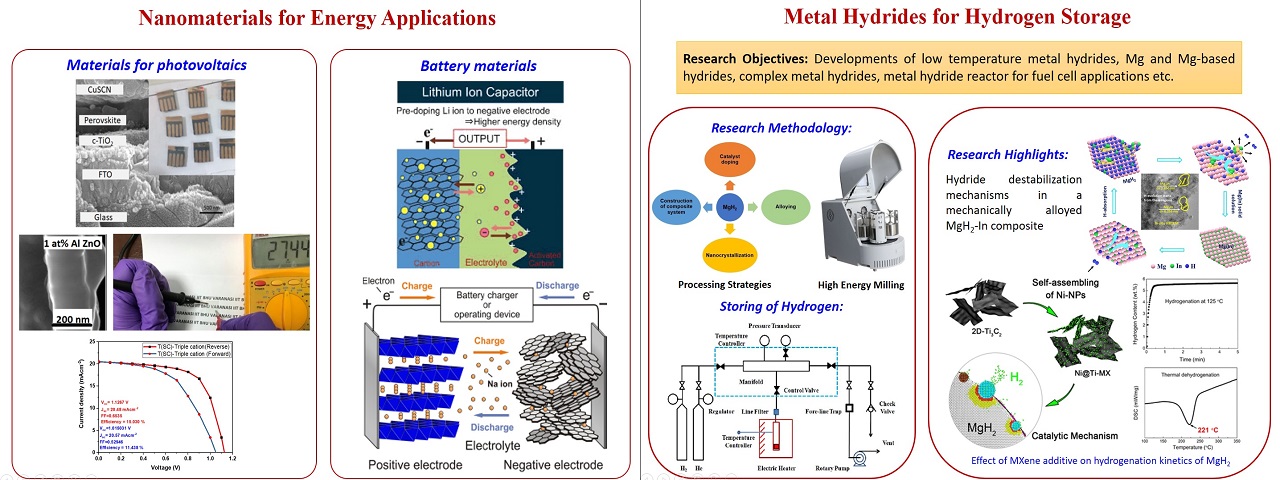Dual Degree (IDD)
Integrated Dual Degree (IDD). Ceramic Engineering Programme is a 5-Year engineering Degree programme to educate and train the persons in the discipline of Ceramic and Glass science and technology with the award of both B. Tech. & M. Tech. Degrees. The programme consists of Institute Science and Engineering Courses, which are foundation of Engineering Education. A significant number of basic and advanced core and elective (UG & PG) courses are offered to the students during the programme, which cover most of the traditional (Glass, Cement, pottery and whitewares, Refractories, Abrasives, Coatings etc) as well as advanced (Bio-Ceramics, Electro-Ceramics, Engineering Ceramics, Composites etc,) areas of the ceramic and Glass Technology.The programme flexibility gives ample opportunity to study many open elective of other engineering disciplines, Humanities and Management Courses. The students may opt to study along a speciified stream with a combination of project work and courses. The students work on the research and development project for their Masters Thesis during last two years of the programme. The students who qualify GATE are awarded Institute TAship during 5th year similar to M. Tech. students.
Ph.D.
- Prof. Ashutosh Kumar Dubey has been appointed as Associate Editor of Frontiers in Medical Technology effective from 22 Sept 2025
- Prof. Ashutosh Kumar Dubey has been appointed as Chair-elect of the Bioceramics Division of the American Ceramic Society for the year 2025-2026
- Prof. Ashutosh Kumar Dubey has been appointed as Editorial Board Member of Nature Scientific Reports in 2025
- Prof. Ashutosh Kumar Dubey has been appointed as Editorial Review Board Member of Journal of Applied Biomaterials and Functional Materials in 2025
- Dr. Subrata Panda has been elected as Joint-secretary of the Indian Ceramic Society for the year 2025-26.
- Dr. Ashutosh Kumar Dubey has been appointed as Vice-Chair for Bioceramic division of American Ceramic Society in 2024.
- Dr. Ashutosh Kumar Dubey has been appointed as Secretary for Bioceramic division of American Ceramic Society for the year 2024.
- Dr. Ashutosh Kumar Dubey has been awarded Bridge Fellowship – 2024 by Japan Society for Promotion of Science (JSPS), Japan.
- Dr. Ashutosh Kumar Dubey has been appointed as Associate Editor, International Journal of Applied Ceramic Technology (@ American Ceramic Society), Wiley.
- Dr. Santanu Das was honoured with ‘Best Teacher Awards’ 2022, Indian Institute of Technology (BHU) Varanasi, 05th September 2022.
- Dr. Santanu Das was awarded the 11th National Petrochemicals Awards: BEST INNOVATION 2022, from the Department of Chemicals and Petrochemicals, Ministry of Chemicals & Fertilizers, Government of India, September 2022.
- Dr. Santanu Das was honoured as “Fellow” Indian Chemical Society, April 2022.
- Dr. Ashutosh Kumar Dubey has been appointed as Editorial Board Member: PLOS ONE journal (PLOS, California, USA).
- Dr. Ashutosh Kumar Dubey has been appointed as Review Editor on the Editorial Board of Regenerative Technologies for the journal Frontiers in Medical Technology.
- Dr. Ashutosh Kumar Dubey has been appointed as Guest Faculty at Nagoya Institute of Technology,Nagoya during Dec 01, 2019 - March 31, 2021.
- Dr. Ashutosh Kumar Dubey has been appointed as Member of Board of Studies for the MSc Program in Biomaterials and Tissue Engineering at Parul University, Vadodara, Gujrat, India.
- Dr. Ashutosh Kumar Dubey has been appointed as the Member, Research Advisory Board, ARKA Medical Devices Pvt. Ltd., Hyderabad.
- Dr. Santanu Das became a Member ofthe Education and Professional Development Council (EPDC), American Ceramic Society, USA, October 2021.
- Dr. Santanu Das became a Member of the “Outstanding Educator Award Committee,” American Ceramic Society, USA.
- Dr. Ashutosh Kumar Dubey is serving as Selection Panel Member for Japanese Government Monbukagakusho (MEXT) Scholarships for Master and Doctoral candidates since 2017.
Faculty Recruitments: Specializations:
- Prof. Ashutosh Kumar Dubey has been elected as a Fellow of the Society for Biomaterials and Artificial Organs (SBAO), India.
- Prof. Ashutosh Kumar Dubey has been appointed as Associate Editor of Frontiers in Medical Technology effective from 22 Sept 2025.

The Department of Ceramic Engineering is celebrating its Centenary throughout the year 2024 by organizing various technical talks, symposia, alumni meets and conferences. The founder of Banaras Hindu University, Bharat Ratna Mahamana Pandit Mandan Mohan Malviya Ji has started courses in Glass and Ceramic Technology as early as 1924 with the noble objective of advancing glass and ceramic technology in India
Department of Ceramic & Engineering
- _
- _
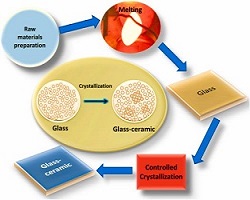
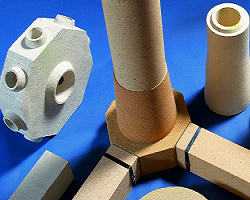
Sintering and micro-structural studies of refractory oxides like Al2O3, ZrO2, Mgo, Cr2O3 etc. are carried out to attain the maximum sintered densities and desirable microstructure so that optimum refractory properties are obtained in the end product.

Valence compensated solid solution systems of the type A1-xAx'B1-xB'xO3 show interesting electrical and dielectric properties. Valence compensated perovskites are formed by substituting the cations at A and B site with heterovalent cations in equivalent amounts to maintain electrical charge neutrality and to reduce the electrical strains in the crystal structure.
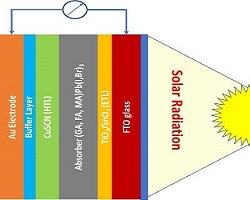
Portland cement concrete lands itself to a variety of innovative designs as a result of its many desirable properties. Concrete inherently is brittle and weak in tension. Several methods have been developed to impart ductile behavior. Broadly these can be grouped as mechanical and chemical methods.
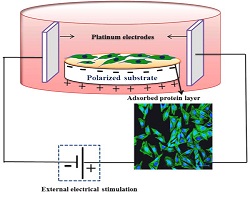
Over the last twenty years, biomaterials have seen tremendous growth in the engineering of calcified tissues and the regeneration of both soft and hard tissues. A growing number of elderly people are suffering from age-related illnesses and diseases, which highlights the need for innovative biomaterials that may effectively calcify hard tissue, replace damaged tissue,

